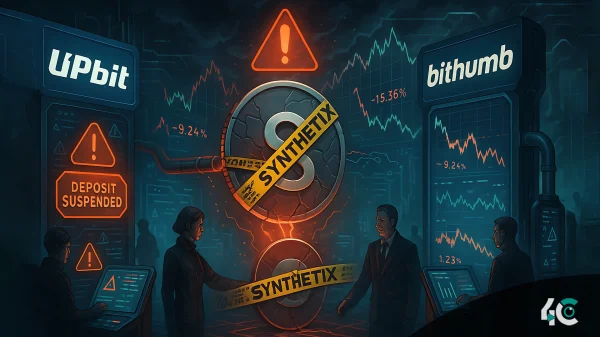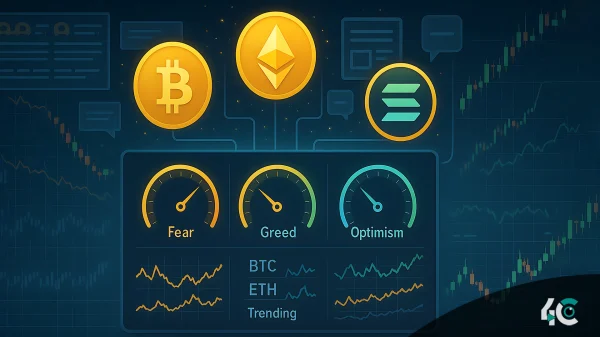In a groundbreaking study, the Bank for International Settlements (BIS) questioned the idea of decentralization in decentralized finance (DeFi). The paper, which focuses on Uniswap v3, one of the biggest decentralized exchanges (DEXs), emphasizes how institutional traders control liquidity provision, severely undermining market participation.
Published on November 19, the study examined the top 250 liquidity pools on Uniswap v3, utilizing data from the Ethereum blockchain. The study aimed to ascertain whether retail liquidity providers (LPs) could effectively contend with institutional participants in the purportedly democratized DeFi environment.
Behind the Scenes of Centralization
The BIS analysis shows a different reality, despite the fact that DeFi platforms advertise themselves as decentralized. Institutional LPs comprise about 80% of Uniswap’s liquidity pools’ total value locked (TVL). These participants use tactics that optimize profits while lowering risk, concentrating on high-volume, low-volatility pools.
Conversely, retail LPs deal with a number of difficulties:
Reduced Earnings: When compared to their institutional counterparts, retail participants receive a reduced share of trading fees. Greater Losses: When risk is taken into account, retail LPs frequently experience losses.Limited Adaptability: Retail traders are less competitive than institutional players because they find it difficult to react quickly to changes in the market.
Indicating greater centralization issues within DeFi, the paper points out that this phenomenon is not specific to Uniswap and might apply to other decentralized exchanges.
Institutional Firms and Market Leadership
According to the survey, sophisticated institutional LPs use cutting-edge tactics that are reminiscent of conventional financial markets. For instance, in order to maximize returns, they distribute liquidity within particular price bands. They can beat retail LPs thanks to these strategies, particularly in erratic market conditions when regular changes can greatly increase income.
Retail participants, on the other hand, frequently interact with smaller liquidity pools and hardly ever modify their positions in reaction to market developments. This passive strategy leads to lower incomes and, frequently, monetary losses.
A Threat to the Fundamental Ethos of DeFi
The results call into doubt whether DEXs are inclusive. The foundation of DeFi platforms is the idea of leveling the playing field, which gives each participant an equal chance to succeed. DeFi might be reproducing the same centralization observed in conventional financial markets, though, given the predominance of institutional participants.
The BIS researchers argue that innate economic incentives, not technology constraints, motivate centralization in DeFi. They argue that in order to have a market that is truly decentralized and disintermediated, open participation alone is insufficient.
A Complicated Situation for DeFi
The BIS research admits that DeFi has several advantages over traditional finance, notwithstanding its criticism. DeFi ecosystems’ reduced operational and regulatory obstacles enable greater access and innovation. The study does, however, stress that the gap between institutional and retail participants continues to be a major obstacle to the industry’s goal of financial democratization.
Various Views
Not everyone accepts the BIS’s judgments. According to economist Gordon Liao, who was once Uniswap’s head of research, institutional LPs have a negligible advantage. Liao claims that sophisticated traders who control fee earnings only slightly outperform less sophisticated retail participants. He further emphasized that in traditional finance, where centralization is considerably more prominent, the position for liquidity providers is far worse.
In conclusionThe BIS report highlights a crucial problem in the DeFi landscape: the concentration of power among a small number of powerful entities. Although DeFi presents encouraging substitutes for conventional banking, it is still unclear if it will be able to democratize financial institutions. The results suggest that we must address structural centralization to fully utilize decentralized platforms like Uniswap.



































